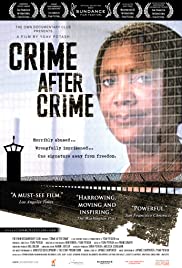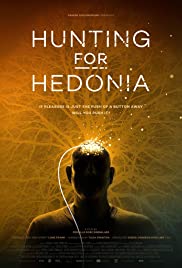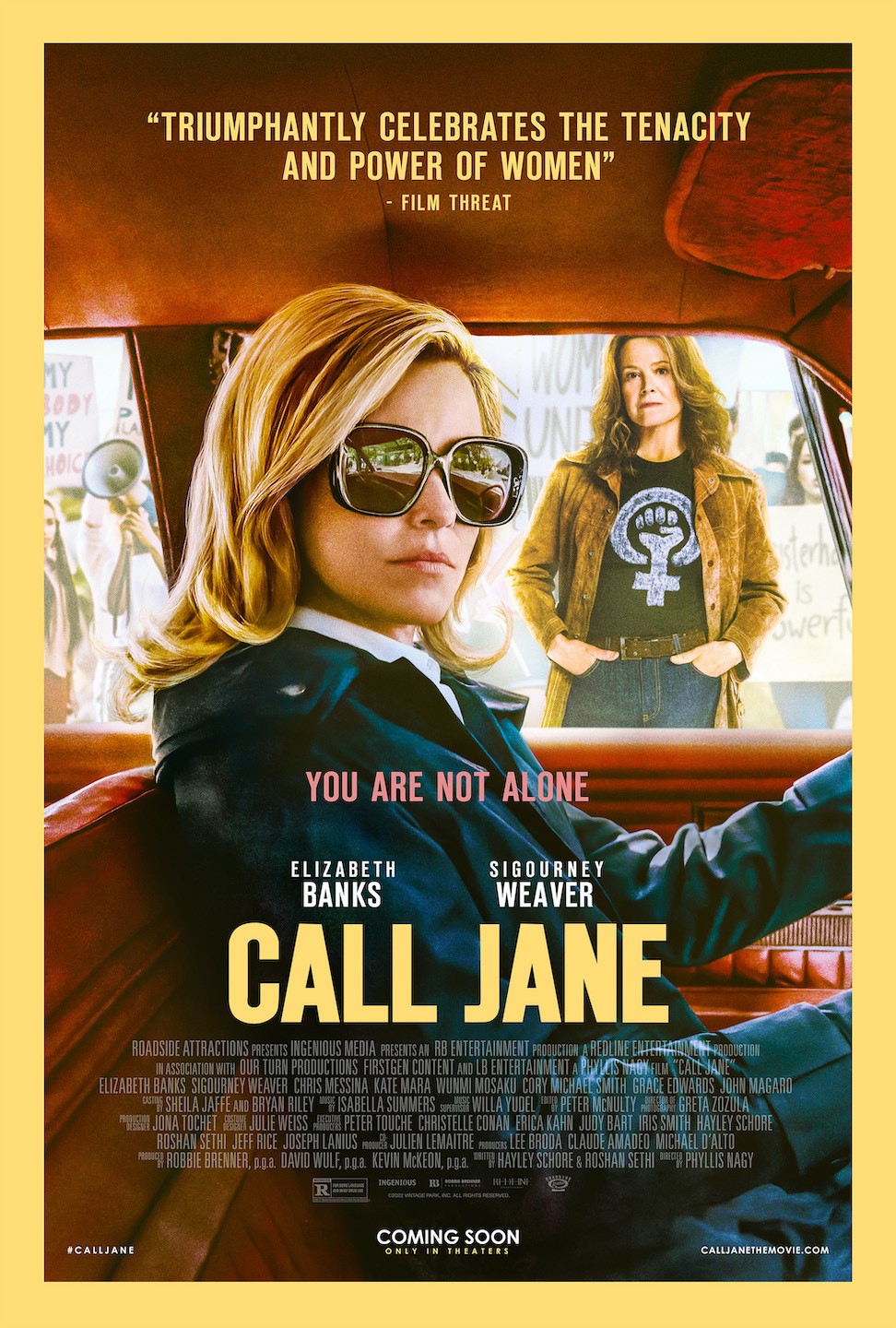
If you’ve seen Top Gun or Transformers, you may have wondered: Does all of that military machinery on screen come with strings attached? Does the military actually get a crack at the script? With the release of a vast new trove of internal government documents, the answers have come into sharp focus: the US military has exercised editorial control over thousands of films and television programs. As these activities gain new public scrutiny, new questions arise: How have they managed to fly under the radar for so long? And where do we go from here?
You May Also Like

A woman from Brighton meets up with a Canadian guy and falls in love, only to find out he has big secrets, ending up with a nightmare of a stalker.

The story of the battle to free Debbie Peagler, an incarcerated survivor of brutal domestic violence. Over 26 years in prison cannot crush the spirit of this determined African-American woman, despite the injustices she has experienced, first at the hands of a duplicitous boyfriend who beat her and forced her into prostitution, and later by prosecutors who cornered her into a life behind bars for her connection to the murder of her abuser. Her story takes an unexpected turn two decades later when a pair of rookie land-use attorneys cut their teeth on her case — and attract global attention to the troubled intersection of domestic violence and criminal justice.

Adapted from the multi-award winning BBC1 series, Planet Dinosaur 3D recreates the lost world of the dinosaurs in a groundbreaking stereoscopic production. This is one of the most ambitious animated programmes ever attempted for broadcast TV, recreating every detail of these extraordinary animals in an entirely digital production that stretches the boundaries of broadcast 3D with a scale and ambition normally reserved for Hollywood feature films. Planet Dinosaur 3D is a thrilling and immersive journey into a lost world. Pulling together cutting edge research from around the world this programme uses the latest, stunning fossil evidence to chart the rise and fall of the ‘Ultimate Killers’; from the iconic Spinosaurus, the largest predator ever to walk the Earth, to Microraptor and the feathered, flying dinosaurs from China. At last, thanks to the advances in technology, and for the first time ever, these monsters can be experienced in all their full, magnificent wonder.

Hunting for Hedonia explores how the burgeoning technology of Deep Brain Stimulation (DBS) will impact human identity and our sense of self. DBS is a revolutionary tool in neuroscience and as a treatment it is crossing over from movement control in Parkinson’s to alleviating mental illness. Trials are underway in depression, OCD, PTSD and eating disorders.

In the Ming Dynasty, there lives four orphans, Ying, Sao, Yuanlong and Niehu. Raised in Taoyuan Village, the four are as closed as brothers. Their exceptional martial arts skills allows them to reach the highest rank within the imperial guards. After the four successfully killed the Japanese troop leader, the Emperor orders Ying to escort the Golden Wheel of Time from Sindu (now India) back to the capital, which is said to have the power of time travel and foresee into the future. Now in 2013, Squire Tang, funded by a mysterious financer, digs up three ancient icemen from the outskirt of China; they are Ying, Sao and Niehu. As he is transferring the icemen to Hong Kong for further studies, the vehicle involves in a traffic accident which, unexpectedly, defrosts Ying…

A married woman with an unwanted pregnancy lives in a time in America where she can’t get a legal abortion and works with a group of suburban women to find help.

Emilia Fox and Britain’s top criminologist, Professor David Wilson, cast new light on the Jack the Ripper case. Together, they examine the Ripper’s modus operandi using modern technology to recreate the murder sites to help understand the extraordinary risks the Ripper took to kill his victims. Using the Home Office Large Major Enquiry System (HOLMES)—a bespoke computer system used by the police to help detect patterns in criminal activity—and evidence uncovered within the investigation, results strongly indicate another woman was, in fact, the first Ripper victim.

Ian Hislop’s sharp, provocative take on 200 years of fake news and its consequences – from Victorians on the moon to 21st-century deepfake, and Hislop as never seen before.

Prepare yourself for the jaw-dropping highlights from an amazing 50 years of winter sport action and adventure! Join an international array of Olympic skiers and snowboarders as they challenge the steepest slopes and most exciting conditions in exotic snow-covered settings around the globe! It’s the ultimate world tour for anyone who craves thrill-packed entertainment in the extreme! Warren Miller’s Fifty celebrate an incredible half-century of bringing you the hottest cold-weather action ever captured on film!


King of Horror, legendary actor, scriptwriter and director, Paul Naschy is regarded as the Spanish Lon Chaney and the most prolific filmmaker dedicated to the fantastic cinema in Spain.

The conflict between the Colombian authorities and the marxist FARC guerrilla broke out in 1964, and in 2012 peace negotiations started behind closed doors in Cuba. Featuring unique access to central figures on both sides, To End a War tells the story of the war and the negotiations, focusing on the challenge of establishing peace in a country where the majority of the population has never known anything but war.